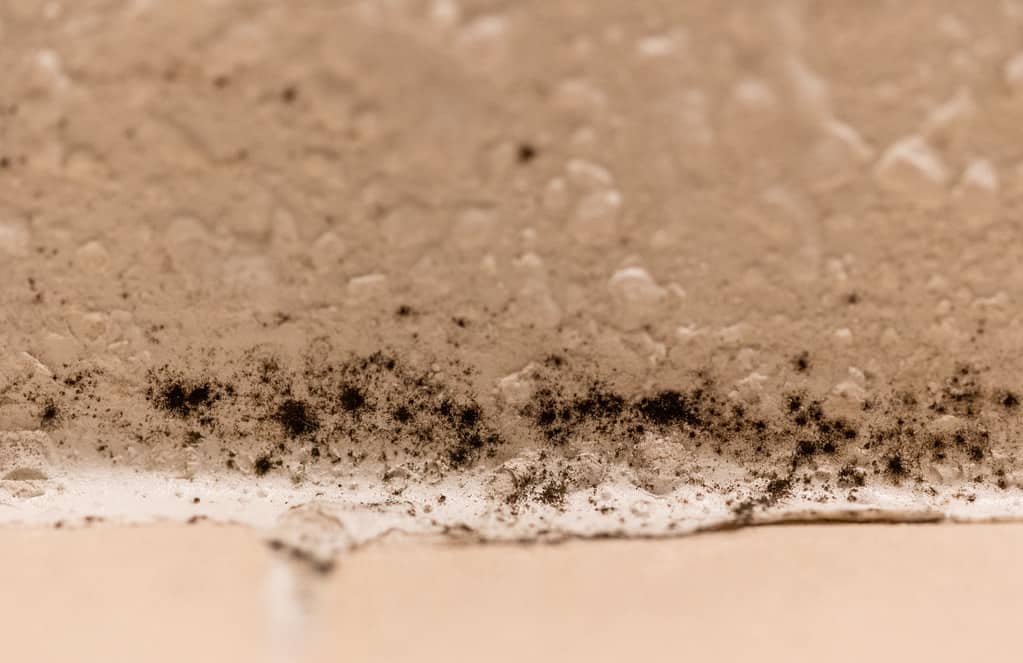How to Spot the Signs of Mold in a Home
One biohazard we often encounter when doing cleanup in a hoarder home or water damage remediation and restoration is mold. Mold is much more than just an eyesore or an annoying residue that needs to be removed – it is actually a health threat. And there doesn’t have to be much of it present to cause problems. It also doesn’t take long for a small bit of mold to grow into a huge mess.
Finding mold when it first develops is crucial to keeping it under control and even eliminating it. But how do you spot it when it’s first growing?
Detecting Mold in Your Home
Believe it or not, one of the first signs you may have mold isn’t visible dark blots like those shown below. Here are a few that are indicators you may have a mold problem.
Smells: Mold – like mildew, a related microorganism – has a telltale unpleasant odor. If you’ve noticed a new smell recently, it could be mold developing. Some people describe it as musty or earthy, or even like old socks. You may also smell what seems like dirt.
Allergic Reaction Symptoms: Mold allergies are very common (it affects one in five of us) and while for many people who suffer allergies to mold the symptoms are more like hay fever, there are those who may have life-threatening respiratory issues such as difficulty breathing. If someone in your household is having itching, watery eyes or sneezing without an apparent cause, it might be mold. Runny noses and stuffiness may also occur. A rarer reaction is dry and scaly skin.
Condensation or Water Leaks: Whenever water appears in a home and is not immediately dried up, mold will likely develop. First it’s important to get to the cause of the water and eliminate the problem, or any mold remediation will be temporary. As the water continues to develop, so will the mold. For example, if you get condensation on your windows in the winter and don’t periodically wipe it up, you may find mold growing in the corners of your window frame. Damp basements are mold-prone.
Wet Areas: Certain parts of our homes are prone to moisture build-up.
 Mold developing in a shower
Mold developing in a shower
Moisture should never be left confined. After you take a shower, leave the door open and let the bath fan run for about 10 minutes.
Mold may also develop in places you wouldn’t expect it to. Leave your washing machine lid up after use to let it dry out. Same thing with your microwave. If you take your food out and then shut the door, the steam from cooking will get trapped inside and could develop into mold if you don’t use your microwave often.
Another common source of mold is from a roof leak. This one is particularly hard to spot because the mold will grow in your attic space or area just under your roof, a place you most likely rarely are in. So it can grow undetected for quite awhile. Or it may develop in your insulation and even in your walls.
One thing is for sure, if you spot these potential signs of mold in your home, it’s time to call a professional biohazard remediation company. Getting rid of mold takes much more than just cleaning off the black spots. We offer biohazard cleaning of mold and other potential biohazards in Washington state and other parts of the Pacific Northwest. Contact us today – we can help.




Leave a Reply
Want to join the discussion?Feel free to contribute!